2018 Red Tide Impact and Response
Low-level blooms of the Florida red tide dinoflagellate Karenia brevis occur regularly in Gulf and coastal waters of Southwest Florida. Severe blooms that negatively impact recreation, businesses, coastal habitats, and wildlife are more rare. The sixteen-month red tide bloom that engulfed Florida’s west coast from late 2017 to early 2019 was one of the longest and most severe in memory.
During a 6-month period from July to December 2018, the 5-county region of Sarasota Bay and Tampa Bay experienced devastating effects. Given the extreme conditions, the actions and sacrifices of county and local partner staffs to launch an emergency response to the event were remarkable.
Volume 1 Regional Red Tide Impact Study examines conditions in the 5-county Tampa Bay and Sarasota Bay region (Pasco, Pinellas, Hillsborough, Manatee, and Sarasota Counties) before, during, and after the red tide event across eighteen measures of community wellbeing, including beach conditions, fish, wildlife, recreation, social media sentiment, human health and welfare, tourism, and business sales, plus identifies data gaps.
Volume 2 Regional Red Tide Response Study documents the red tide emergency response of the five counties and offers a Draft Red Tide Operations Plan and recommendations. These insights can lead to stronger protections for our estuaries.
Project Partners


This work was funded by grants from the Tampa Bay Environmental Restoration Fund and the Sunrise Rotary Club Foundation with contributions from Rotarians in the greater Sarasota area.
Volume 1
2018 Regional Red Tide Impact Assessment for Tampa Bay and Sarasota Bay
December 20, 2020 (Revised March 30, 2021)
Click for Summary
The bloom moved up the coast south to north, reaching Sarasota in mid-June 2018 and arriving in Pinellas County waters by late August, then — with devastating effect — growing to 50 times the threshold considered “High” (> 1 million cells per liter) by Florida Fish and Wildlife Research Institute’s (FWRI) red tide index. Red tide cell counts were higher and lingered longer in Boca Ciega Bay and Sarasota Bay than adjacent beach locations. The odor of decaying marine debris reached seven miles inland east of Interstate I-75 in Sarasota and Manatee Counties. Upper Tampa Bay and Pasco County waters experienced only “Low” concentrations of red tide (< 100,000 cells per liter). The red tide retreated in reverse with the last high cell counts in Pinellas in mid-November and Sarasota waters clearing by early January 2019.
This red tide impact study examines conditions in the 5-county Tampa Bay and Sarasota Bay region (Pasco, Pinellas, Hillsborough, Manatee, and Sarasota Counties) before, during, and after the red tide event across eighteen measures of community wellbeing, including beach conditions, fish, wildlife, recreation, social media sentiment, human health and welfare, tourism, and business sales. Across social and economic metrics, red tide impacts accruing in the month of September 2018 are compared to impacts from Hurricane Irma in September 2017. While these data were not collected for the purpose of measuring red tide impact in a statistical manner, exploratory data analysis shows compelling associations. This study is a companion to the Regional Red Tide Response Study described in Volume 2, which documents the red tide emergency response of the five counties and offers a Draft Red Tide Operations Plan and recommendations.
The 2017–2019 red tide event caused a profound loss of animal life in coastal habitats. Across the Florida west coast manatee population, one out of every 12 individuals lost their life to red tide in 2018. In the Tampa Bay and Sarasota Bay region alone, record numbers of manatee (171), dolphin and whale (76), and turtle (190) strandings were associated with red tide. Bird hospitals admitted almost 1600 birds — 300% above normal — but most sick birds never made it to the hospital. More than 2400 tons of dead animals were cleaned from beaches and waterways. Fish kill reports to Florida Fish and Wildlife Conservation Commission (FWC) were up 400% in Tampa Bay and Sarasota Bay, and fish abundance in Sarasota Bay seagrass beds was down 85% in August and September compared to 2017. Manatee County’s commercial fisheries catch dropped 25% by weight, and Red Grouper catch across the region declined 30%.
Human communities also experienced declines in health and happiness. Asthma cases were up across the region as much as 16–17% in Sarasota County and Pinellas County. Calls to 211 social service hotlines for housing, utilities, and healthcare assistance reached a 3-year high. September 2018 saw more calls than September 2017, the month that Hurricane Irma hit the region. Meanwhile, boating activity was down 24% and 19% in Sarasota County and Pinellas County, respectively, as evidenced by a drop in gallons of marina fuel sold. Visitors to Fort DeSoto Park were down 24%, while camping reservations dropped 39%. Twitter users weighed in with tweet counts and sentiments about red tide correlating strongly with local conditions on a variety of spatial and temporal scales. Based on word counts, most tweets were concerned with the environment (69%), while 22% were concerned with health, and 9% economy.
At regional and county-wide scales, red tide did not appear to have a major effect on overall business activity, unlike in the third and fourth quarters of 2017 following Hurricane Irma. Even isolating revenue of businesses located in coastal zip codes that might be susceptible to red tide, such as restaurants, only a small decline was seen in Manatee County where annual restaurants sales were down 3% for 2018 and boat sales were flat. Isolating the effect even further to businesses on the barrier islands, again only Manatee County showed a decline — restaurant gross revenues were down 27% in 2018. Air passenger traffic was apparently not affected with passenger counts showing year over year growth. However, every county in the region experienced at least one month of year over year decline in bed tax revenues during the August–December 2018 period ranging from 2% to 34%, with number of months and magnitude of tax revenue decline correlated with severity of local red tide conditions.
During red tide events, the public activates and demands environmental protection and restoration. Together with managers, they are frustrated that no historical record of impacts exists to evaluate whether red tide impacts are getting worse. In between red tide events, public interest wanes and other issues are prioritized. The purpose of this study was to develop a regionally standardized assessment methodology and communication tool to document community wide impacts of red tide, then apply that tool to the historic Florida Red Tide bloom of 2017–2019. Open science principles were applied in this study to carefully document metadata describing data sources used in this study and to develop R scripts for analyzing each dataset. Recommendations are also offered to fill data gaps. This framework can be used to document subsequent red tide events and retrospectively compare previous events. When the next major red tide occurs, there will be a standard protocol to assess the relative magnitude of its impact — to objectively evaluate if red tide impacts are getting worse. Together with the recommendations in the Regional Red Tide Response Study (Volume 2), these insights can lead to stronger protections for our estuaries.
Volume 2
2018 Regional Red Tide Response Assessment for Tampa Bay and Sarasota Bay
December 12, 2021
Click for Summary
Low-level red tide blooms occur regularly in Gulf and coastal waters of Southwest Florida. Severe blooms that negatively impact public health, businesses, and coastal habitats and wildlife are more rare and require coordinated emergency response. The severity and extended duration of the sixteen-month 2017–2019 red tide event along 120 miles of coastline in Southwest Florida was unprecedented in recent years. The last severe event occurred in 2005–2006. Given the extreme conditions, the actions and sacrifices of county and local partner staffs were remarkable. Dozens of staff across multiple departments and local jurisdictions worked long strenuous hours above and beyond their regular duties. Managers worked collaboratively and creatively to adapt and implement new strategies and procedures to respond to rapidly changing conditions.
This study of the Tampa Bay and Sarasota Bay regional response to the red tide event is intended to help identify opportunities to coordinate response efforts, recognize successes, and share lessons learned. The report summarizes the regional response to the red tide event, highlights some of the notable actions and innovations inspired by necessity, identifies gaps and challenges, lists recommendations for future red tide response, and provides a template for a Red Tide Response Operations Plan. It complements the Regional Red Tide Impact Study described in Volume 1, which summarizes red tide impacts across eighteen measures of community health.
The findings herein are derived from semi-structured interviews conducted with emergency response and natural resource managers from each of the five counties of the Tampa Bay and Sarasota Bay region, including Pasco, Pinellas, Hillsborough, Manatee, and Sarasota Counties. Further details were obtained from county documents provided by staff and from media reports. A summary of each county’s red tide response is provided in the Appendices, along with a Draft Red Tide Response Operations Plan for each county based upon the best practices and recommendations generated during this study.


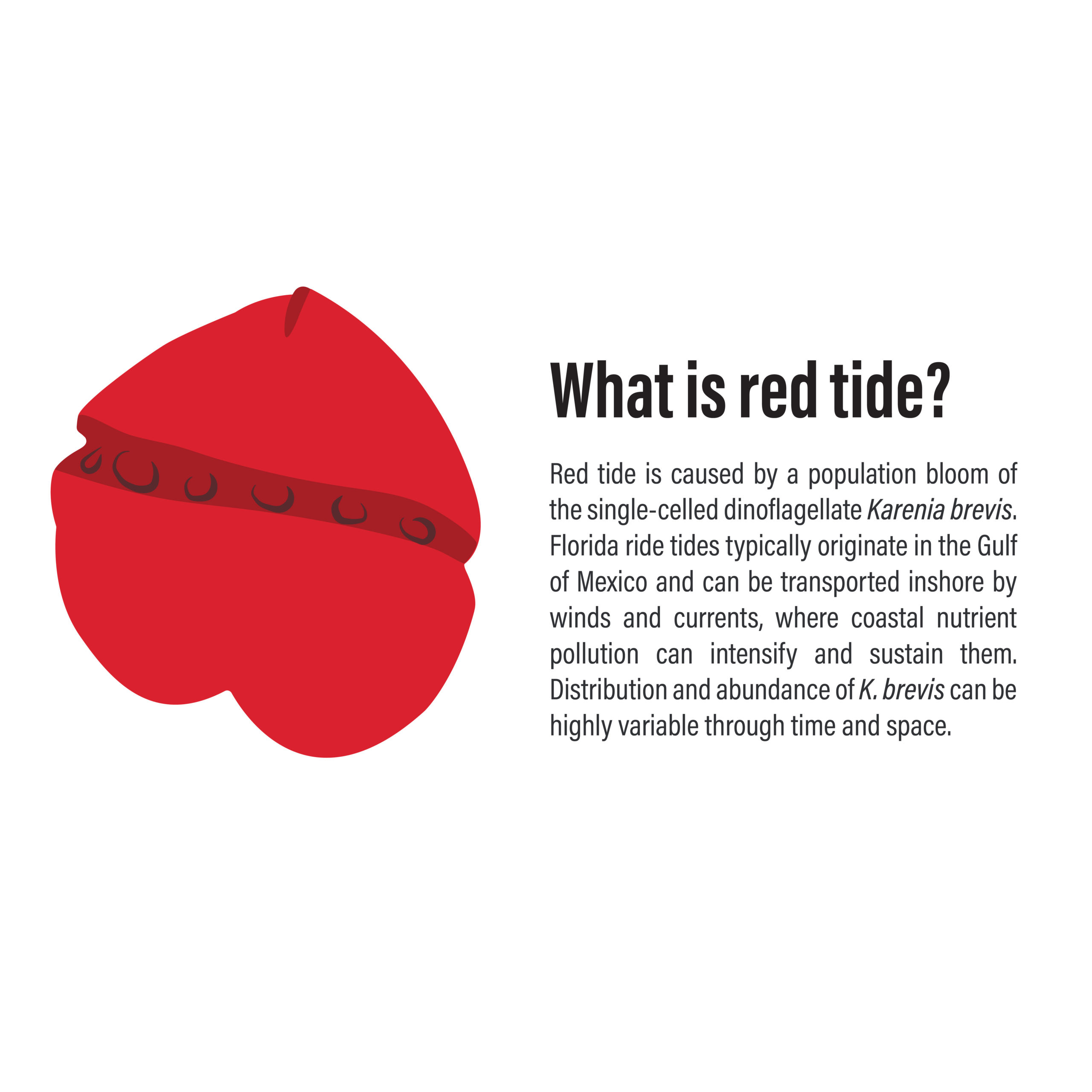
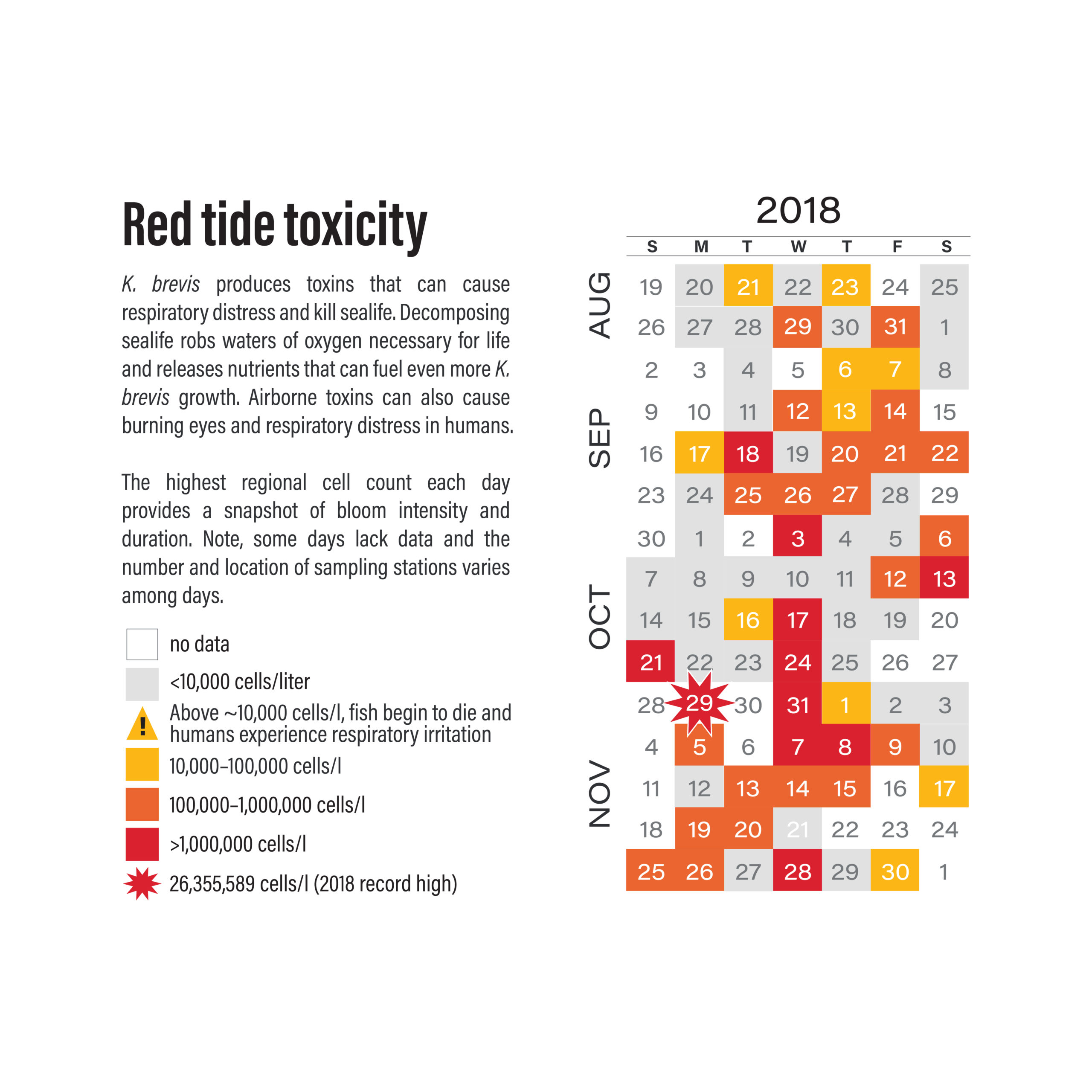



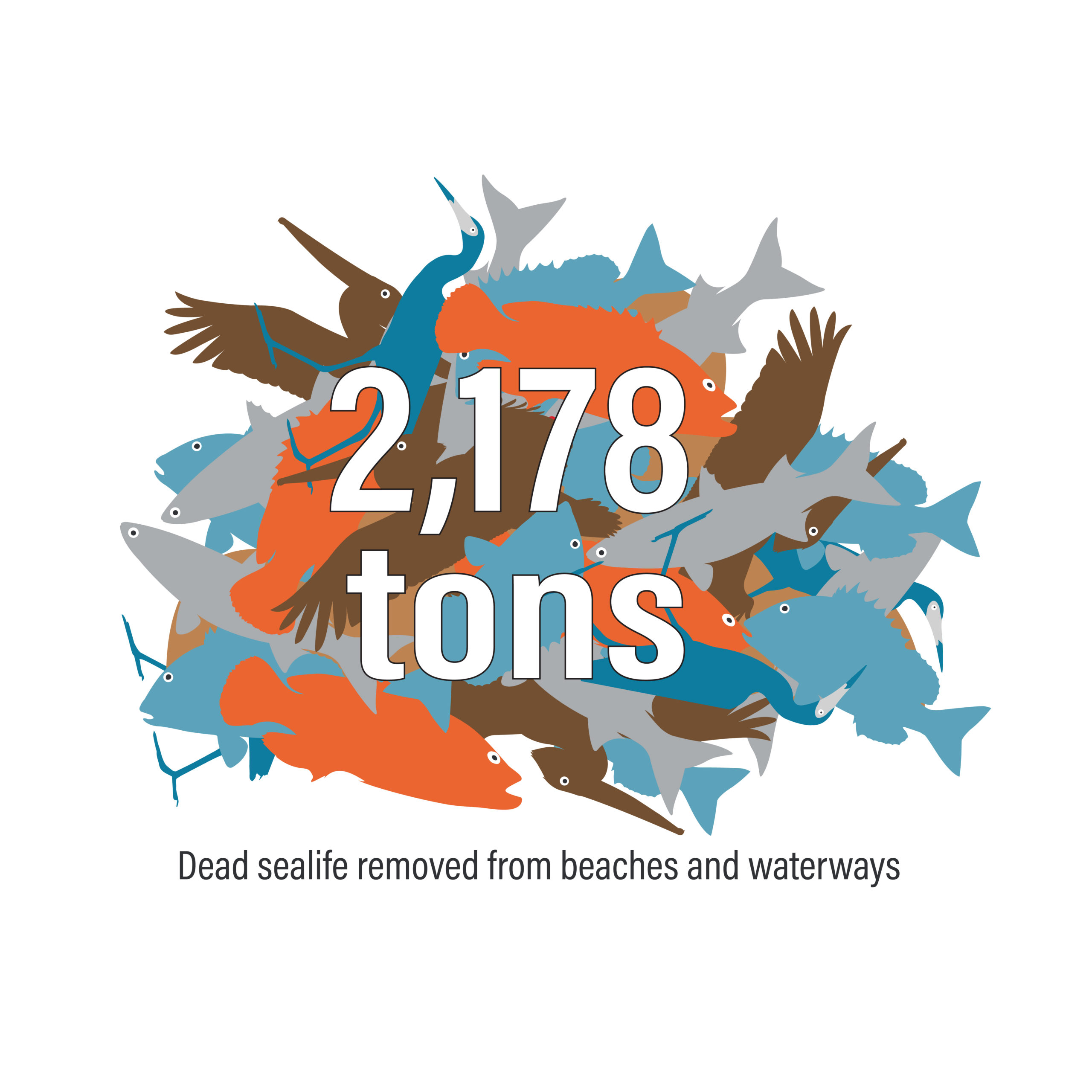
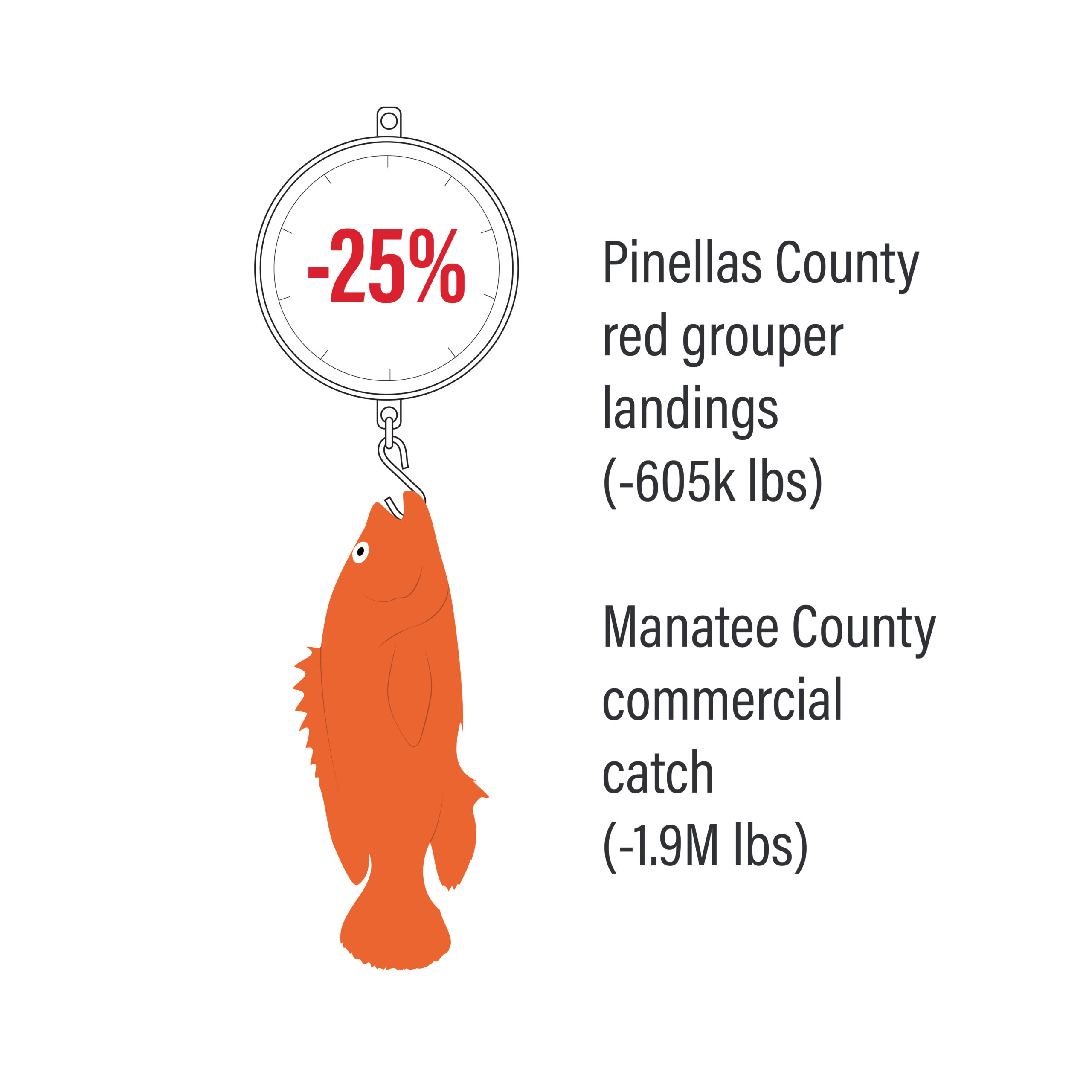





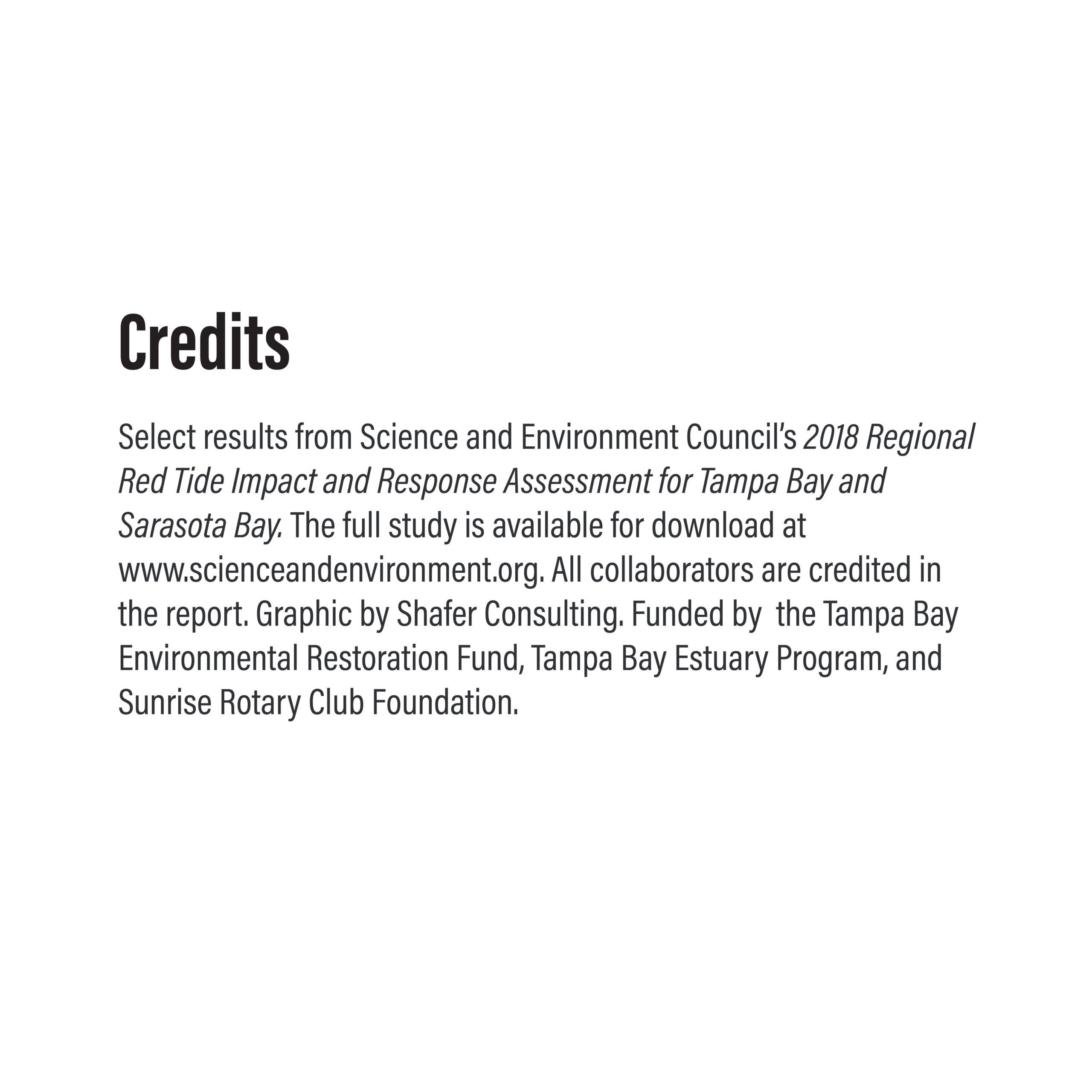

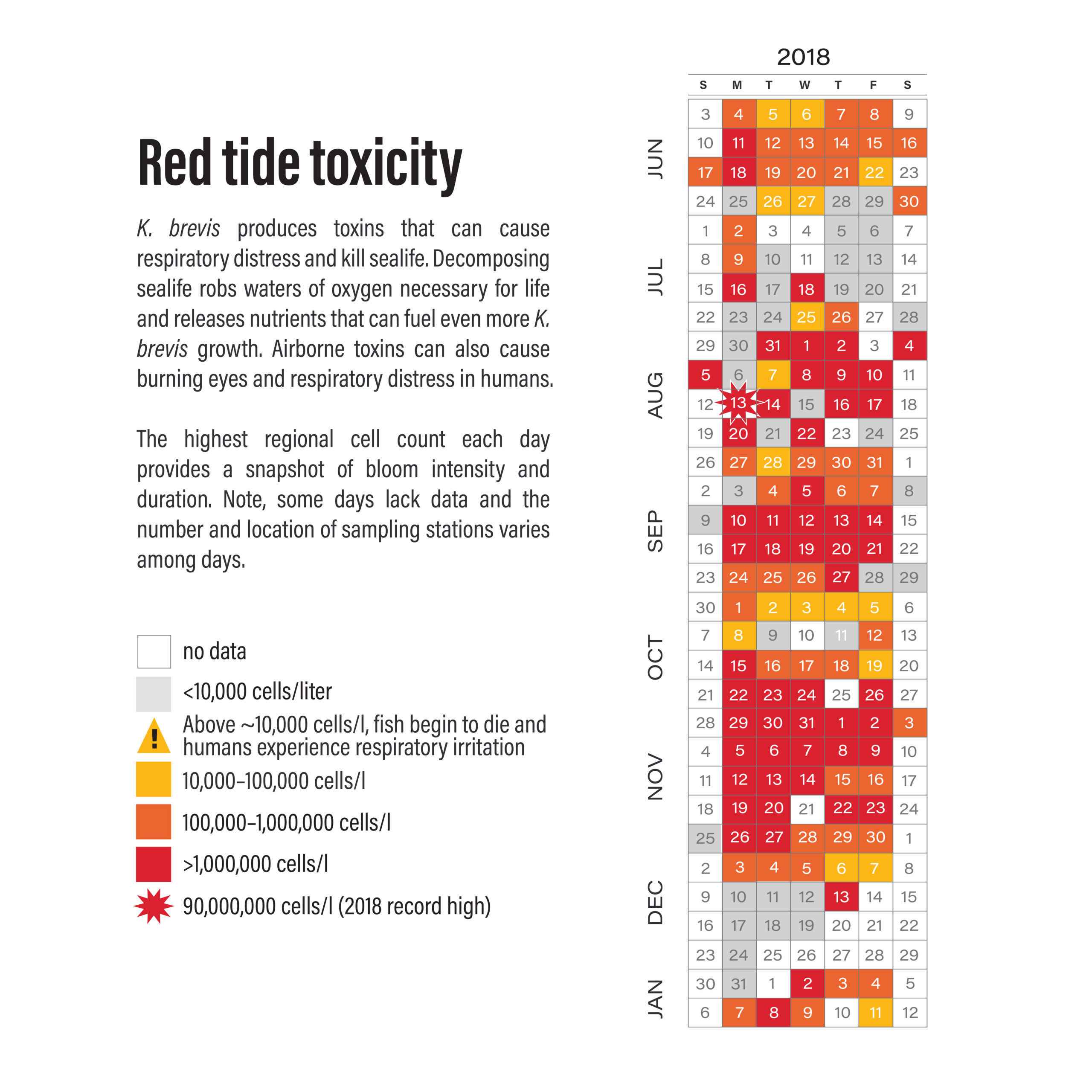
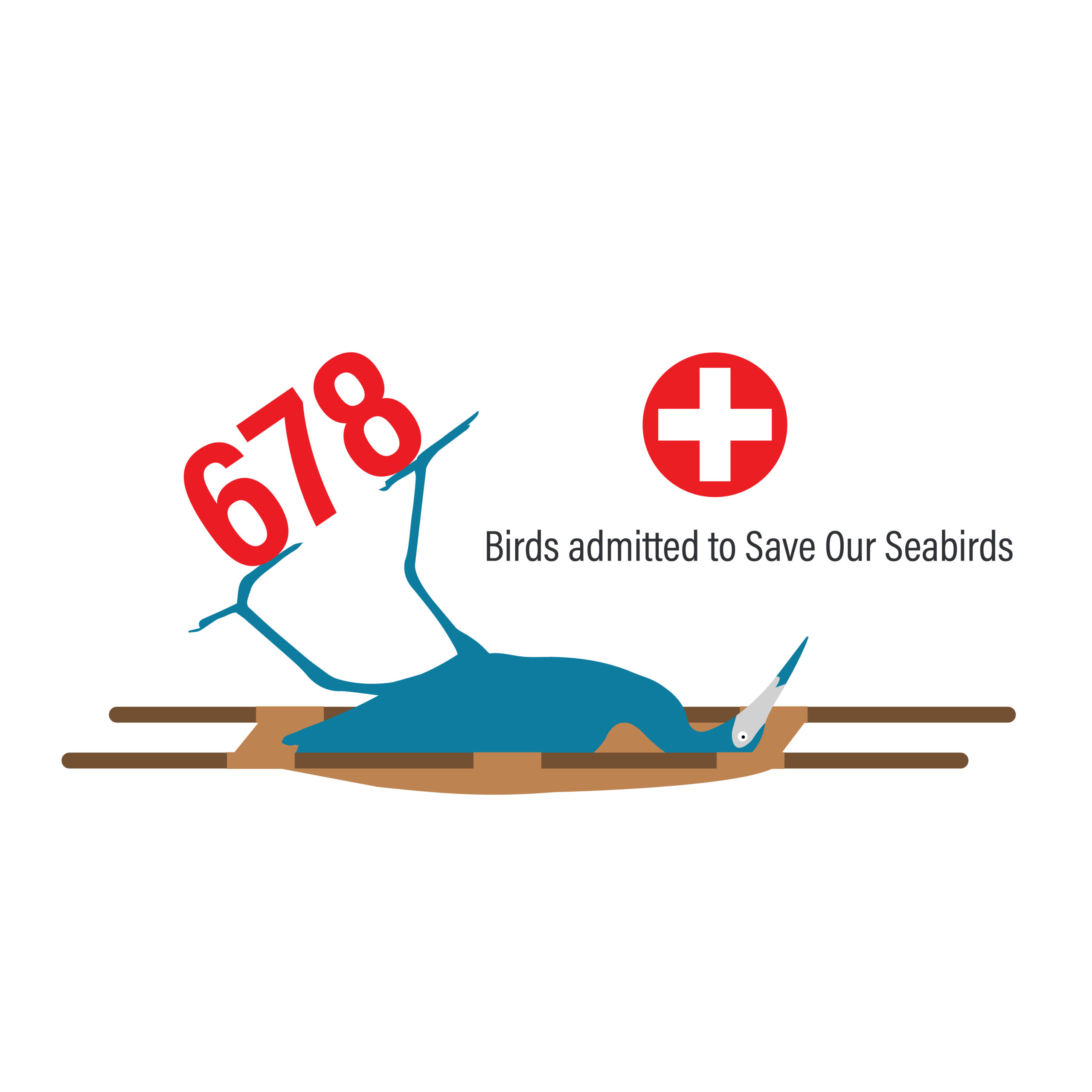
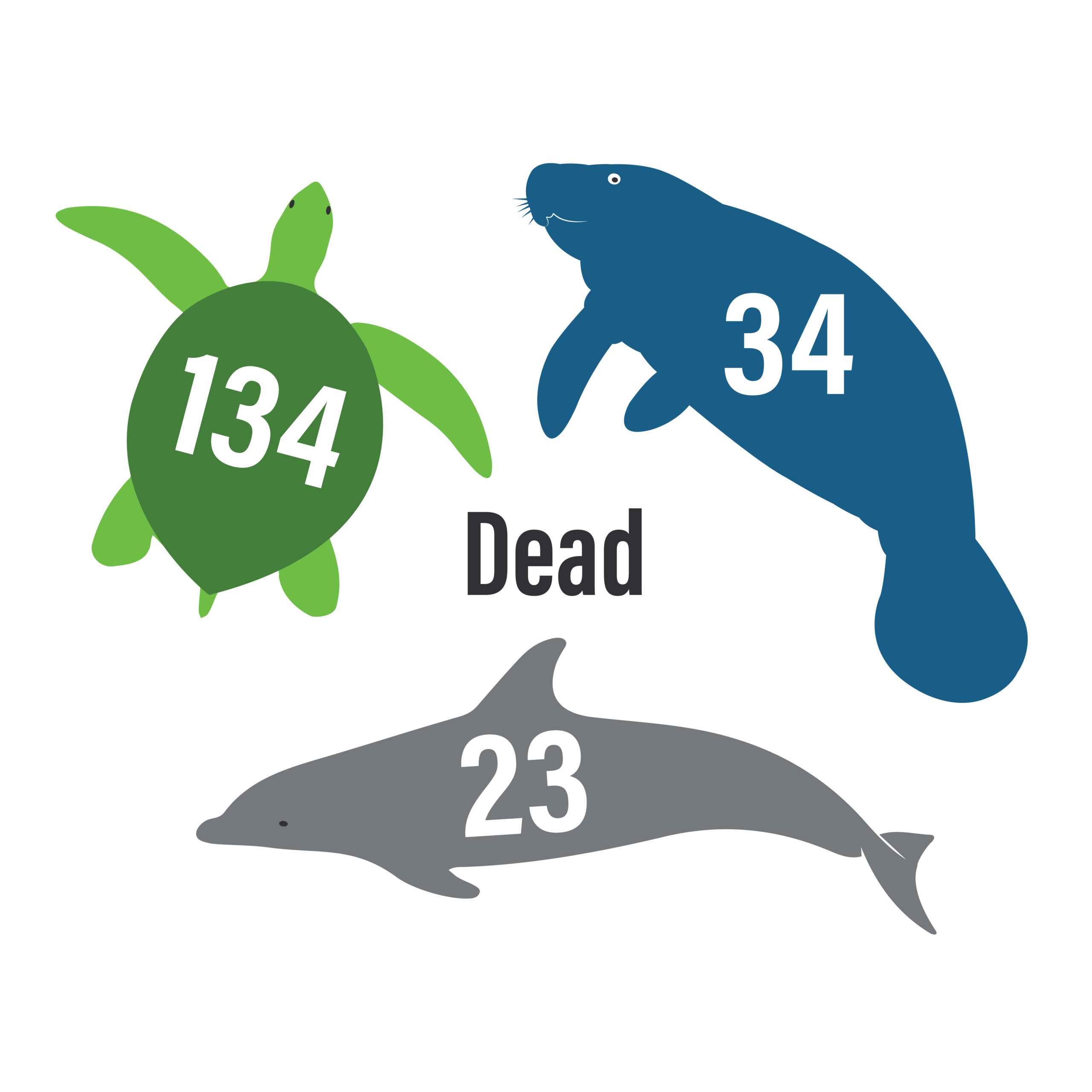
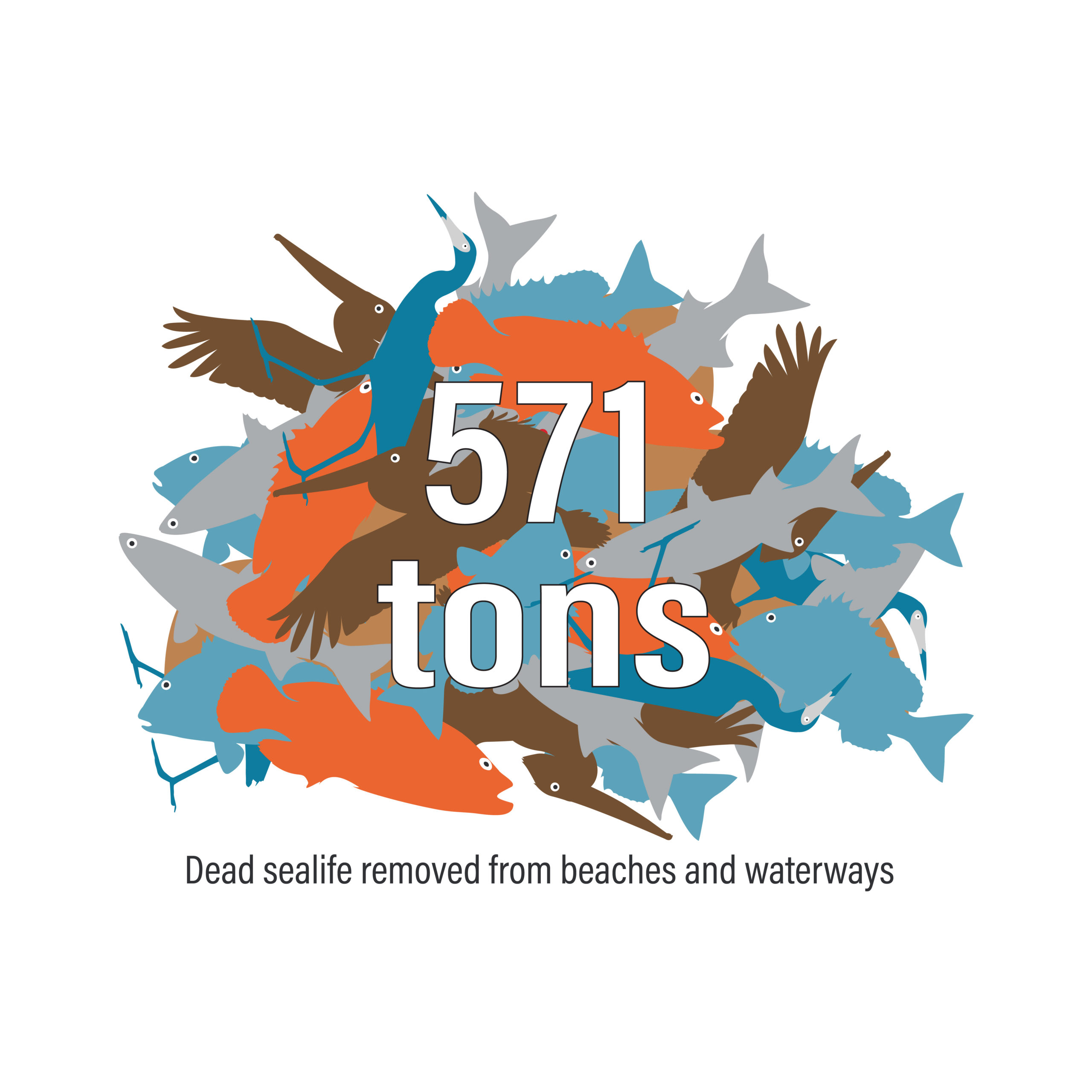
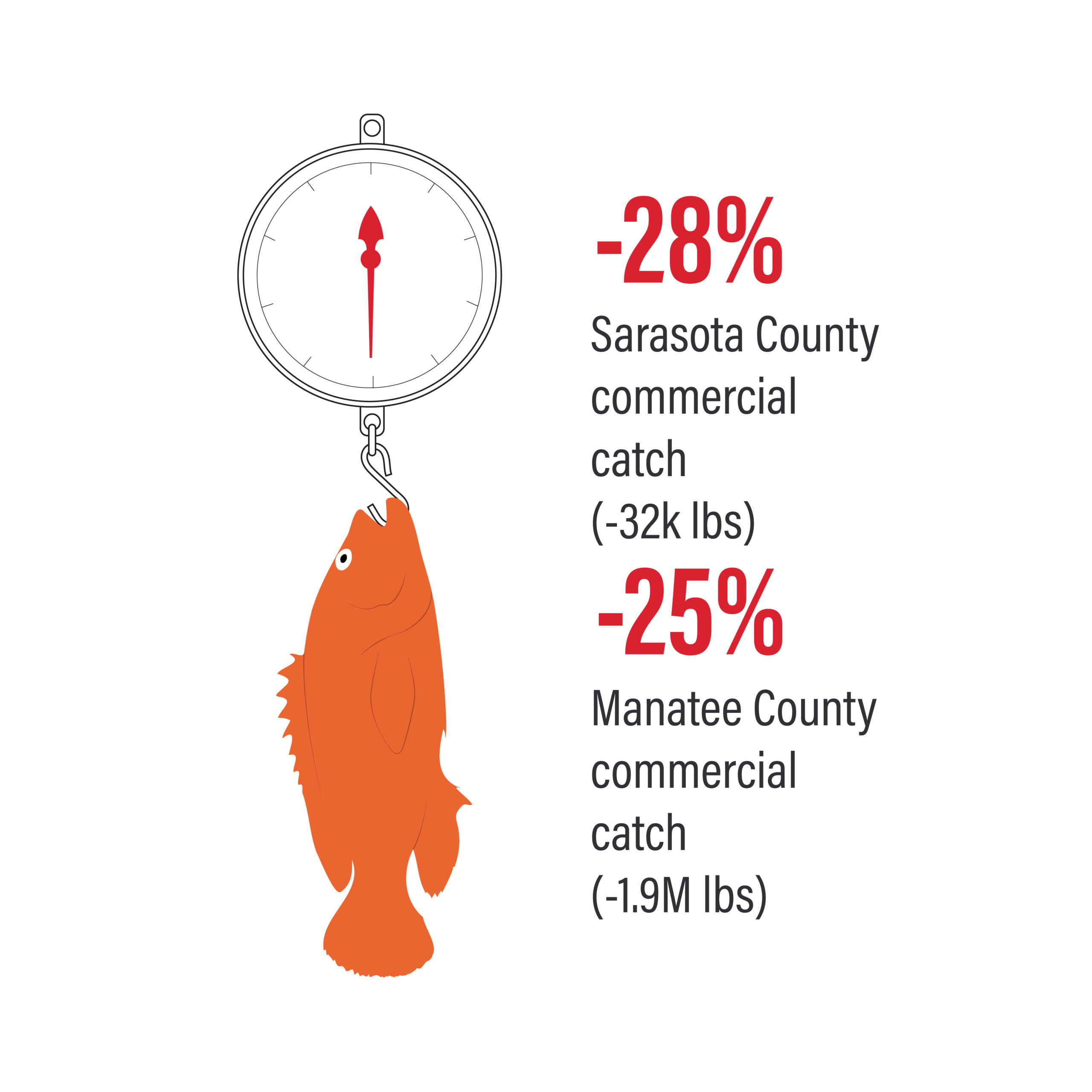

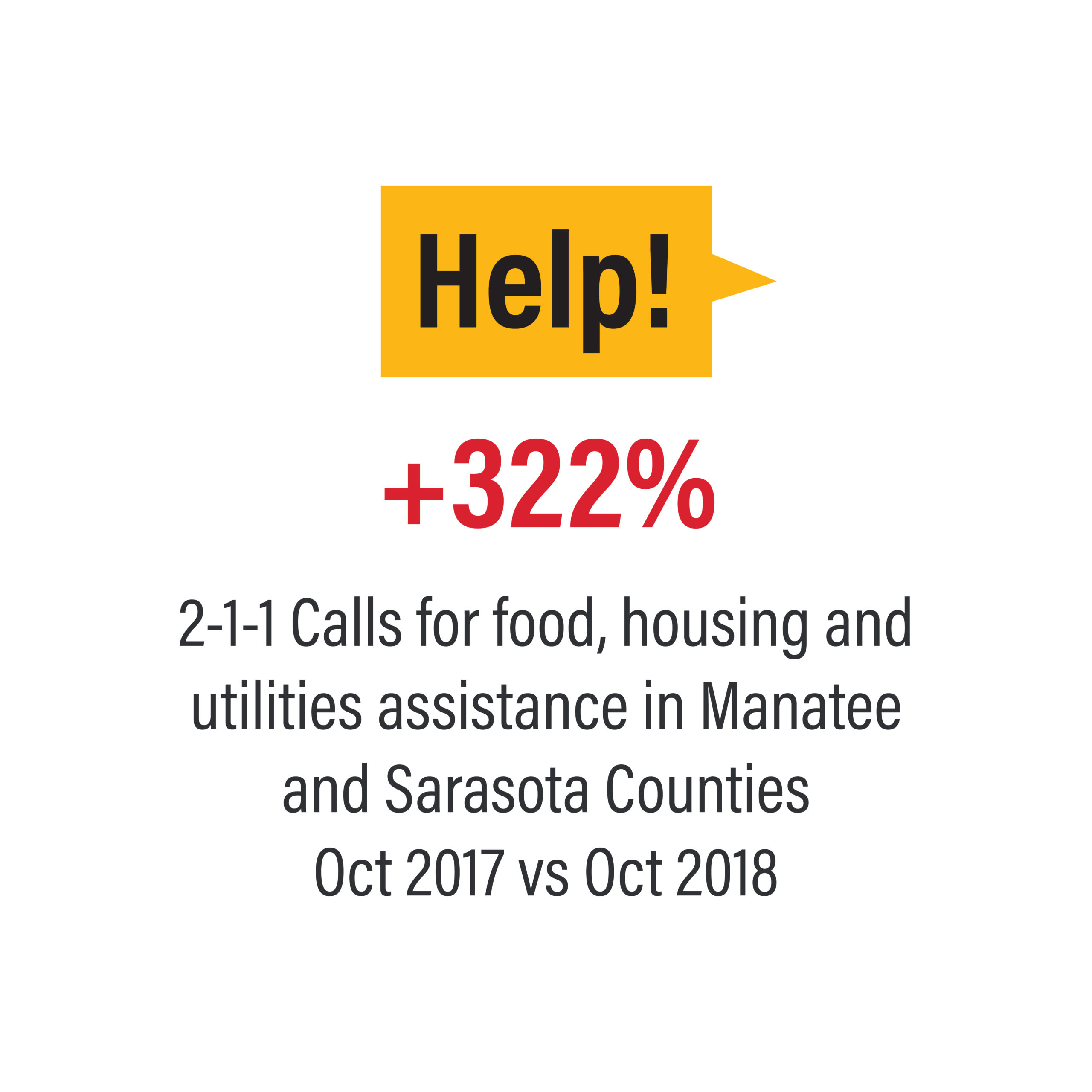

 Susan Glickman
Susan Glickman Bill Johnson
Bill Johnson Lee Hayes Byron
Lee Hayes Byron Duanne Andrade
Duanne Andrade Amber Whittle
Amber Whittle Sarah Dearman
Sarah Dearman Donn Githens
Donn Githens Mike Kelcourse
Mike Kelcourse Emily Grant
Emily Grant Zack Rasmussen
Zack Rasmussen Abbey Tyrna, PhD
Abbey Tyrna, PhD Sandy Gilbert
Sandy Gilbert Bob Bunting
Bob Bunting Erica Gies
Erica Gies Maya Burke
Maya Burke Amanda Boone, PE
Amanda Boone, PE Jaclyn Lopez, JD
Jaclyn Lopez, JD Joe Bonasia
Joe Bonasia Rabbi Ed Rosenthal
Rabbi Ed Rosenthal John McCarthy
John McCarthy Ronda Ryan
Ronda Ryan Howard Hochhalter
Howard Hochhalter Kylie Wilson
Kylie Wilson Nate Brennan, PhD
Nate Brennan, PhD Damon Moore
Damon Moore Katie McHugh, PhD
Katie McHugh, PhD Craig Pittman
Craig Pittman Ed Sherwood
Ed Sherwood Dave Tomasko, PhD
Dave Tomasko, PhD Jennifer Hecker
Jennifer Hecker Randy Wells, PhD
Randy Wells, PhD Carl Hiaasen
Carl Hiaasen Jono Miller
Jono Miller Emily Hall, PhD
Emily Hall, PhD Mark Hostetler, PhD
Mark Hostetler, PhD John Keifer, PhD
John Keifer, PhD Jeanne Dubi
Jeanne Dubi Aedan Stockdale
Aedan Stockdale Hillary Van Dyke
Hillary Van Dyke Uzi Baram, PhD
Uzi Baram, PhD Tony Clements
Tony Clements Aliki Moncrief, JD
Aliki Moncrief, JD Christine Johnson, MBA
Christine Johnson, MBA Charlie Hunsicker
Charlie Hunsicker Jim Strickland
Jim Strickland Jennifer Rominiecki
Jennifer Rominiecki Bill Waddill
Bill Waddill Timothee Sallin
Timothee Sallin Paul Owens
Paul Owens Van Linkous, PhD
Van Linkous, PhD Steve Cover
Steve Cover Juliette Desfeux
Juliette Desfeux Jon Thaxton
Jon Thaxton Damon Gameau
Damon Gameau